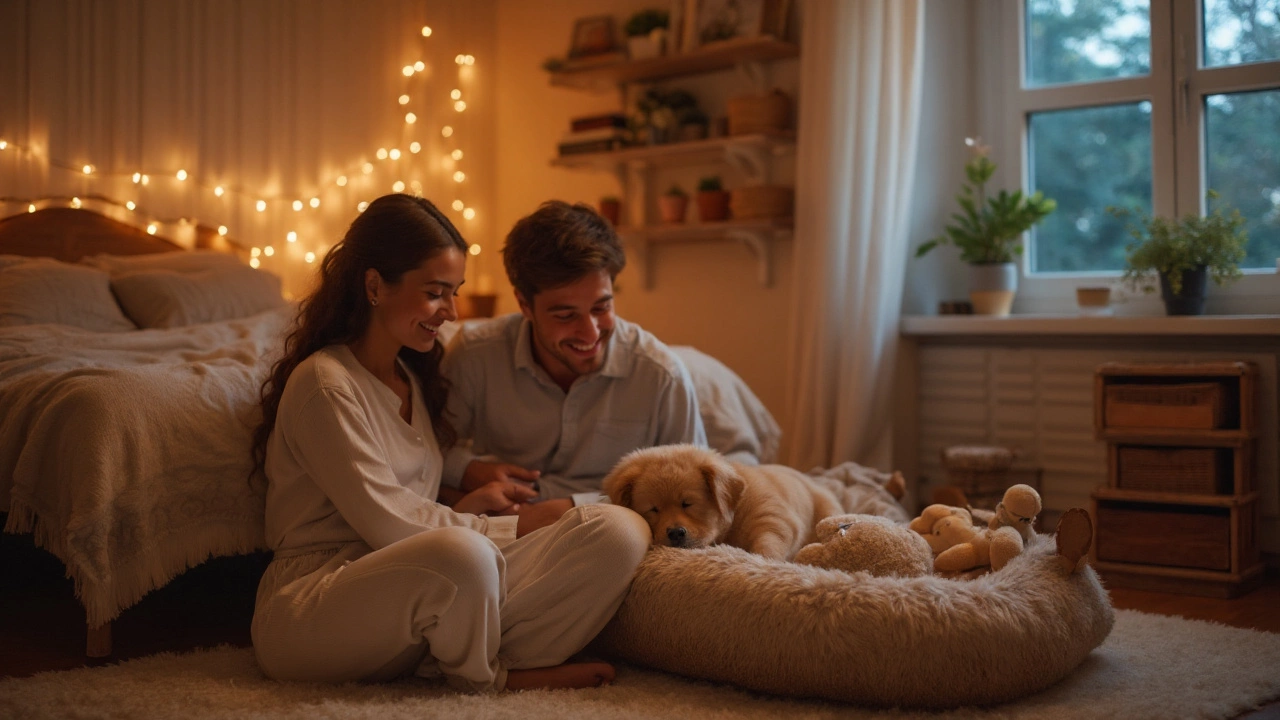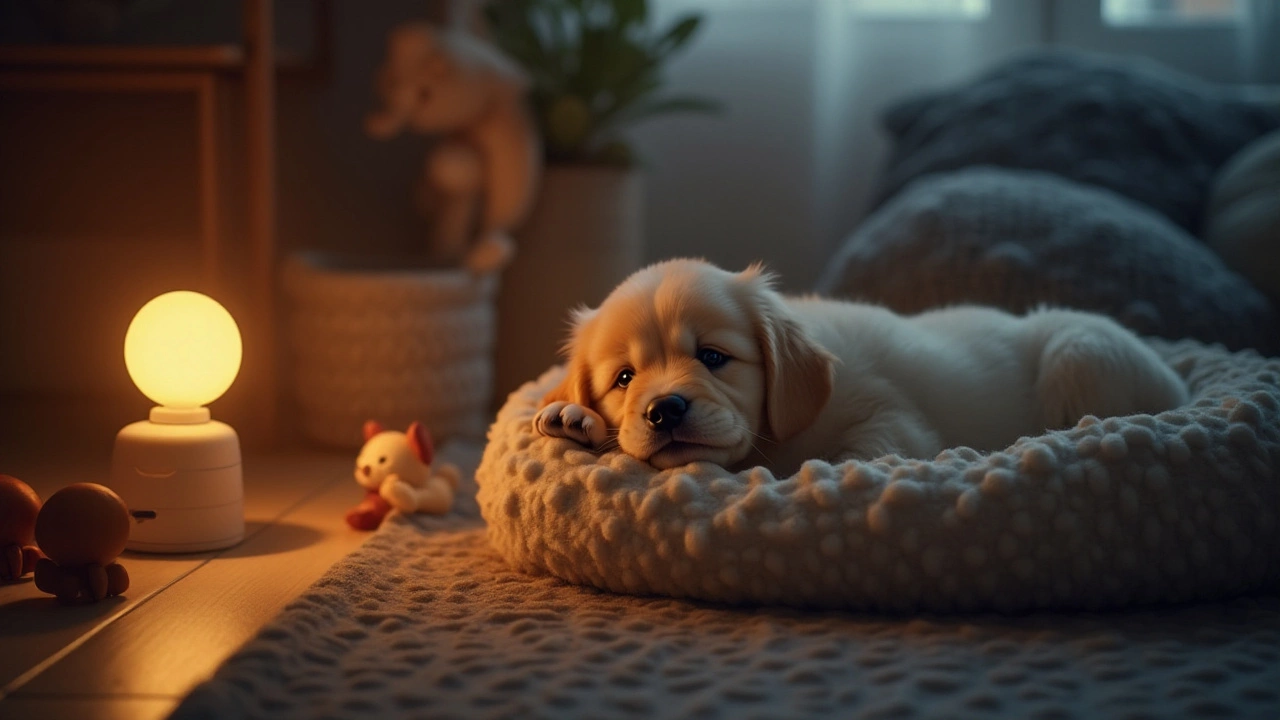Puppy Sleep Tips: Simple Steps to a Restful Night
Got a new puppy and wonder why he’s up at odd hours? Sleep is huge for a growing pup, but getting a good routine can feel tricky. The good news is you only need a few clear habits to help your pup settle down and stay rested.
Set a Consistent Bedtime Routine
Pick a bedtime and stick to it, even on weekends. Dogs love predictability, so when you turn off the lights at the same hour every night, his body clock will catch on. A short pre‑sleep routine works wonders – think a calm walk, a quick potty break, then a gentle pet or massage. Keep the lights dim and the noises low; this signals to your puppy that it’s time to wind down.
Typical puppies need about 18–20 hours of sleep a day, split between night time and several naps. If you notice he’s yawning or slowing down around the same time each evening, that’s your cue to start the bedtime steps.
Make the Crate a Cozy Sleep Spot
Many owners use a crate for sleep because it feels safe and limits accidents. Choose a crate just big enough for him to turn around and lie down – too big and he may treat it like a playpen. Add a soft blanket or a bed that’s washable, and maybe a piece of your clothing for a familiar scent.
When he’s in the crate, keep the door closed if he’s calm; an open door can tempt him to wander and wake you up. If he whines, wait a few seconds before responding – he might settle on his own. When you do go to him, keep the interaction low‑key: no play, just a calm voice and gentle pat.
Some puppies feel better with a night‑light on. A dim light can reduce anxiety without disrupting melatonin production. Test both ways and see what works for your pup.
Now, a quick checklist for nightly success:
- Last potty break 10‑15 minutes before lights out.
- Turn off TVs, phones, and loud music at least 30 minutes before bedtime.
- Offer a small, easy-to-digest snack if his dinner was early (think a few kibble pieces).
- Use a cue word like “sleep” when you close the crate, so he links the word with rest.
- If he wakes up, wait a minute before reacting; often he’ll settle back down.
If your puppy still cries after a few minutes, check for basic needs – maybe the temperature is too hot or cold, or he’s uncomfortable. Once those basics are covered, stay patient. Consistency over weeks will teach his brain that night time equals sleep.
Remember, the goal isn’t to force him to stay silent, but to give him a safe, calm environment where he can recharge. With a steady bedtime, a comfy crate, and a low‑key night routine, you’ll both enjoy quieter evenings and healthier days.
Posted By Bryndle Redding On 4 Aug 2025 Comments (0)
Should You Let Your Puppy Sleep in Your Bedroom? Puppy Sleep Training for New Dog Owners
New to puppy parenting? Find out if sharing your room with a puppy helps with sleep, bonding, anxiety, and training. Real tips for new owners in New Zealand.
READ MOREPosted By Bryndle Redding On 2 Jan 2025 Comments (0)
Do Puppies Need Darkness to Sleep? A Pet Owner's Guide
Understanding whether puppies should sleep in the dark is essential for new pet owners. Puppies have unique sleep requirements, and the presence or absence of light can impact their sleep quality. This guide explores how light affects puppy sleep, tips for creating an ideal sleep environment, and debunks common myths surrounding puppy sleep habits. The right approach ensures your puppy gets the restful sleep it needs for healthy development.
READ MORE
